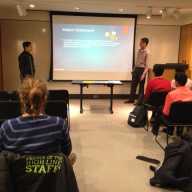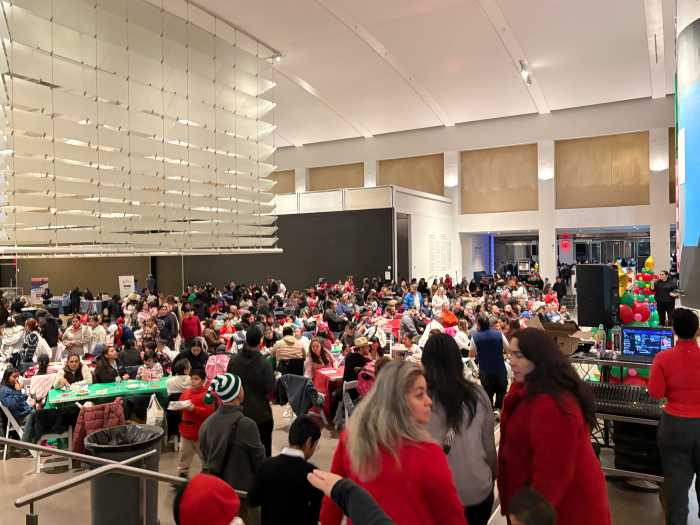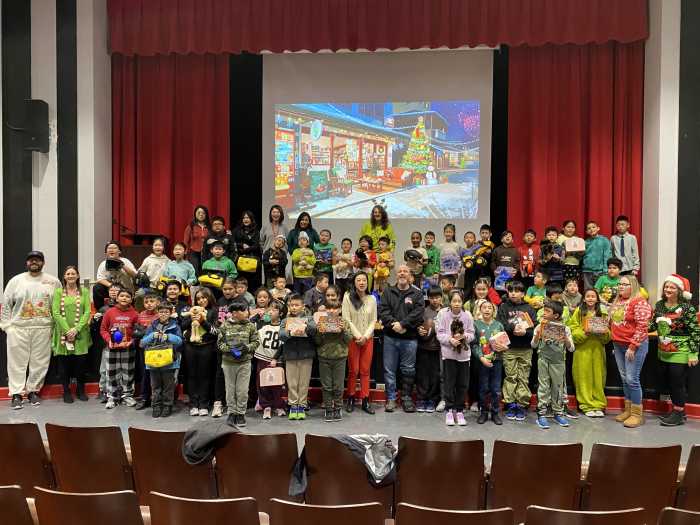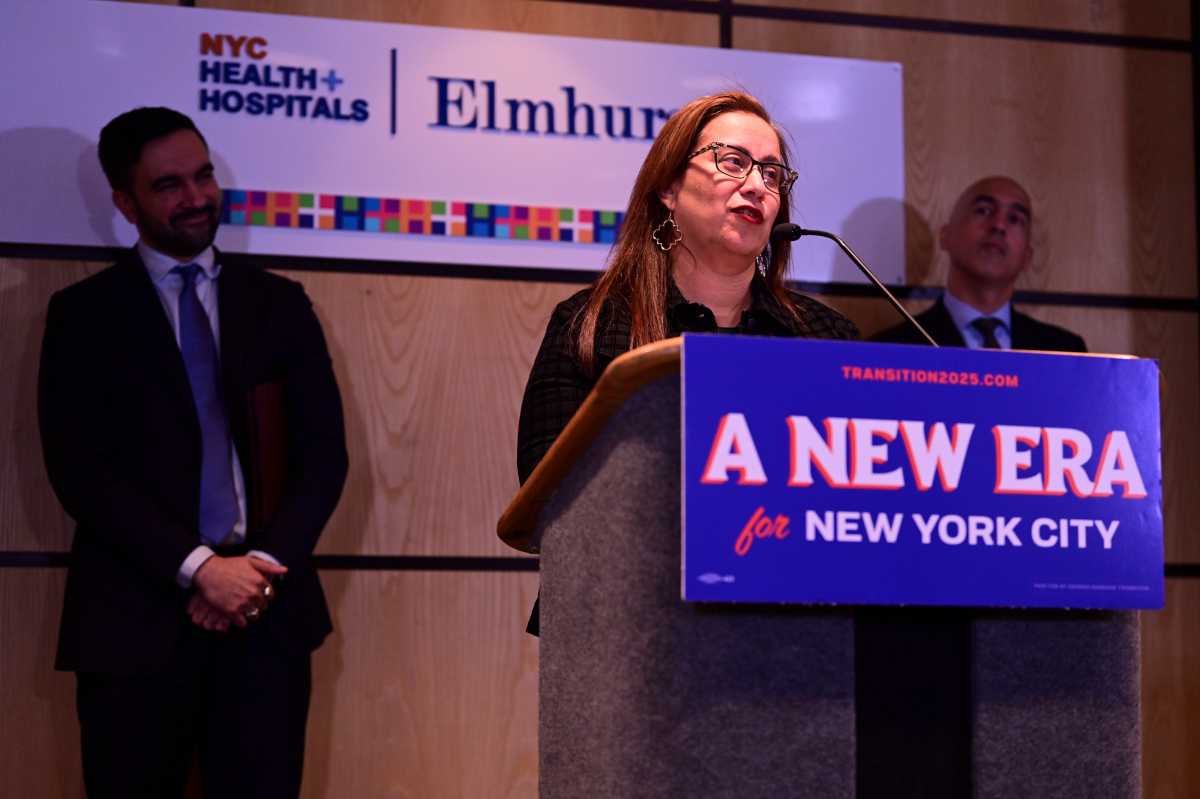Students from Ridgewood are using their brains to help the plants of the High Line Park on the West Side of Manhattan to continue to grow, as they pitched their ideas on how to irrigate the elevated green space.
Juniors at Grover Cleveland High School‘s Academy of Information Technology were tasked with cataloging the hundreds of different types of plants that grow on the High Line and then developing irrigation schedules to accommodate each of the plants’ unique characteristics. The kids got the chance to pitch their ideas to members of the Friends of the High Line, and received feedback on their ideas and how they may be implemented.
“It was a great opportunity for the students because they were able to listen to the problem and then respond to their client’s needs,” said Andrew Woodbridge, the teacher at the school who oversaw the project. “The students laid the framework for a solution to some of the challenging problems presented by the High Line. It allowed them to interact with each other and work in teams to build a framework for a solution that the High Line can implement.”
According to their teacher, the best part about this robust project was the chance for the students to work with an actual client to see how things work in the working world.
“Getting to work with a real client is something that the kids found really special,” Woodbridge added. “The students are all 11th-graders in the Data Modeling class, and this was their keystone project and one of the most important aspects of the AOIT program.”
The planting and design of the of the High Line is inspired by the self-seeding plants that have called the train tracks home during the 25 years after the last train ran, with many of the original species of plants that originally grew on the rail bed being incorporated into the park’s landscape. The variety of species of perennials, grasses, shrubs and trees that are at the park were picked for their hardiness, sustainability and color variation, with a focus on native species.
Grover Cleveland’s Academy of Information Technology program is part of NAF — formerly known as the National Academy Foundation — a nonprofit organization that works with high need communities to help transform the average high school experience into one that prepares students to be college, career and future ready through an education that includes industry-specific criteria, work-based learning experiences, and relationships with business professionals, all culminating in a paid internship.
For more information about NAF and its programs, visit their website at naf.org.




































